Indian Prime Minister Narendra Modi’s meeting with Chinese President Xi Jinping at the Shanghai Cooperation Organisation (SCO) summit in Tianjin came at a critical time for India’s global trade strategy. The encounter followed the United States’ decision to impose one of its steepest trade penalties on India, with President Donald Trump announcing import tariffs of up to 50%.
The new tariffs marked one of the toughest U.S. measures against an Asian partner, adding pressure on India’s exporters and signaling ongoing challenges in U.S.-India trade negotiations. Trump described the relationship as a “one-sided disaster,” pointing to long-standing imbalances that, in his view, restrict opportunities for American goods in India’s market.
India Signals Diversification in Trade Strategy
Analysts noted that Modi’s outreach to Xi underscored New Delhi’s intent to diversify its trade partnerships in the wake of U.S. tariff actions. “India likes other great powers to know that it has options,” said Christopher Clary, associate professor of political science at the University at Albany. “One advantage of participating in multiple forums is the ability to signal flexibility when trade relationships come under pressure.”
By engaging with China at this moment, India signaled its determination not to rely exclusively on any one partner for economic cooperation. This was Modi’s first visit to China in several years, and the two leaders emphasized stabilizing ties rather than dwelling on past disputes. Reports indicated that discussions included strengthening border stability and reopening economic channels.
Tariffs as a Driver of Economic Realignments
The timing of the U.S. tariffs added urgency to India’s efforts to explore alternative avenues for trade. India has been actively promoting its domestic manufacturing sector under the “Make in India” initiative, yet much of its industrial growth depends on imports of Chinese raw materials and rare earths. Renewed cooperation with Beijing could ease supply constraints while supporting India’s economic priorities.
For China, improved access to India’s large consumer market would represent an economic gain, especially after years of restrictions tied to strained relations. Analysts highlighted that greater trade cooperation between the two countries could help offset tariff-related disruptions elsewhere in the global economy.
Balancing Relations Amid Tariff Pressures
Despite the positive optics of the Modi-Xi meeting, observers cautioned that underlying frictions remain. India continues to balance its relationship with multiple partners, including the United States, even as tariffs complicate trade flows. For New Delhi, the sudden tariff increases reinforced the risks of being overly dependent on one market.
Meanwhile, Beijing has viewed the tariff tensions between Washington and New Delhi as an opportunity to present itself as a constructive economic partner. By extending conciliatory gestures, China is seeking to re-establish stable commercial ties and strengthen its role in regional trade frameworks.
Looking Ahead
The SCO summit did not produce new trade agreements, but it underscored the impact of tariffs on global economic alignments. India’s meeting with China highlighted how sudden tariff hikes can accelerate shifts in trade partnerships, with countries recalibrating their strategies to reduce exposure and maintain stability.
As legal challenges to tariffs continue in the United States, India appears to be adopting a strategy of diversification—seeking multiple trade avenues to protect its economic interests. The path forward remains complex, but the central role of tariffs in reshaping global relationships is becoming increasingly clear.
#TariffsAndDuties #SupplyChainNews #TradePolicies #GlobalEconomy

















